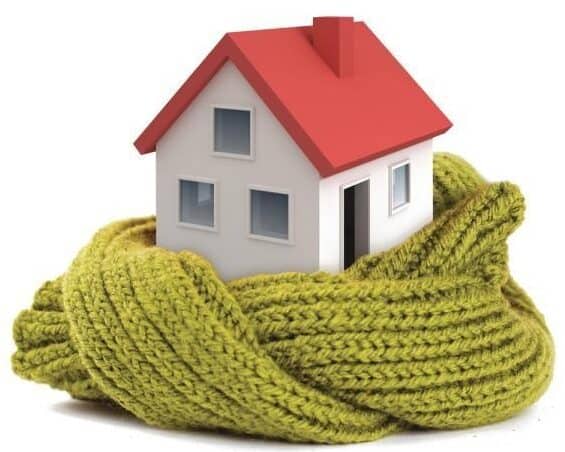Thrifty homeowners are always on the lookout for saving energy heating their homes in the cooler months of fall and the colder months of winter. Have you considered an electric fireplace or insert for an existing masonry fireplace that you no longer use because of EPA rules for emitting toxins into the air?
Electric units are cost-effective and very efficient. They will heat from 400- to 1000-square feet as supplemental heat and you can turn your central heat’s thermoset down. Some states have massively high gas rates for a gas forced air furnace. Electric fireplaces will cut that price down when you use it as additional heat while turning down your main heat source.

Myth
A home heating myth is the fireplace woodstove fallacy. Yes, you enjoy the wood smell, the crackling sounds, and the ambience by the roaring fire. However, you are not saving! A fireplace or woodstove is, above all, a bad way to heat your house. You will have to buy the firewood, usually by the cord starting at about $150 per cord depending on what part of the woods you live in. Wintertime usually will burn up about 6 to 8 cords. Urban areas have fewer trees to be logged for selling. It has to be driven in from who knows where the trees grow.
The fireplace has a huge appetite for oxygen using the already paid for heated air inside the house, that immediately races up and out of the chimney to pollute the atmosphere. Therefore, you have not saved on fuel costs and have not saved our air from carbon dioxide, Sulphur, and who knows how many other noxious pollutants.
Natural gas fireplaces are no better. They suck up gas like no tomorrow and the gas bill is not cheap!
Alternative
You can always have solar panels installed for almost fee heat. Of course, if your budget can pay for the panels, the boiler to heat the water, and all the piping, and expensive installation—you might want to consider an inexpensive electric fireplace or insert for an existing no longer used masonry fireplace.
Tips to Save Heat
Caulk windows, doorways, gaps, cracks, and any place precious expensive heat is escaping from.
Do not use the programmable feature on your central heat thermostat. It’s not too smart. Go over to it and turn it off or down to 62 degrees. Wear a sweater, socks, and warm slippers and you will not be too uncomfortable with 62 degrees heat. It is wintertime. In fact, it’s healthier for you! A 10-degree drop in temperature could be a 10 savings. Set the thermostat to 60 degrees while sleeping. You will sleep better in a cooler room. An electric blanket uses little energy when sleeping, so use it or buy one.
Close the doors to rooms that do not need to be heated. Use ceiling fans to push the warm air down from the ceiling. Newer ceiling fans have a switch at the top on the outside of the motor that change from summer to winter setting. Bet you didn’t know that—it’s addressed in your User’s Manual and the simple switch function works!
These are common sense ways to save on the expense to heat your house and anyone can do it.